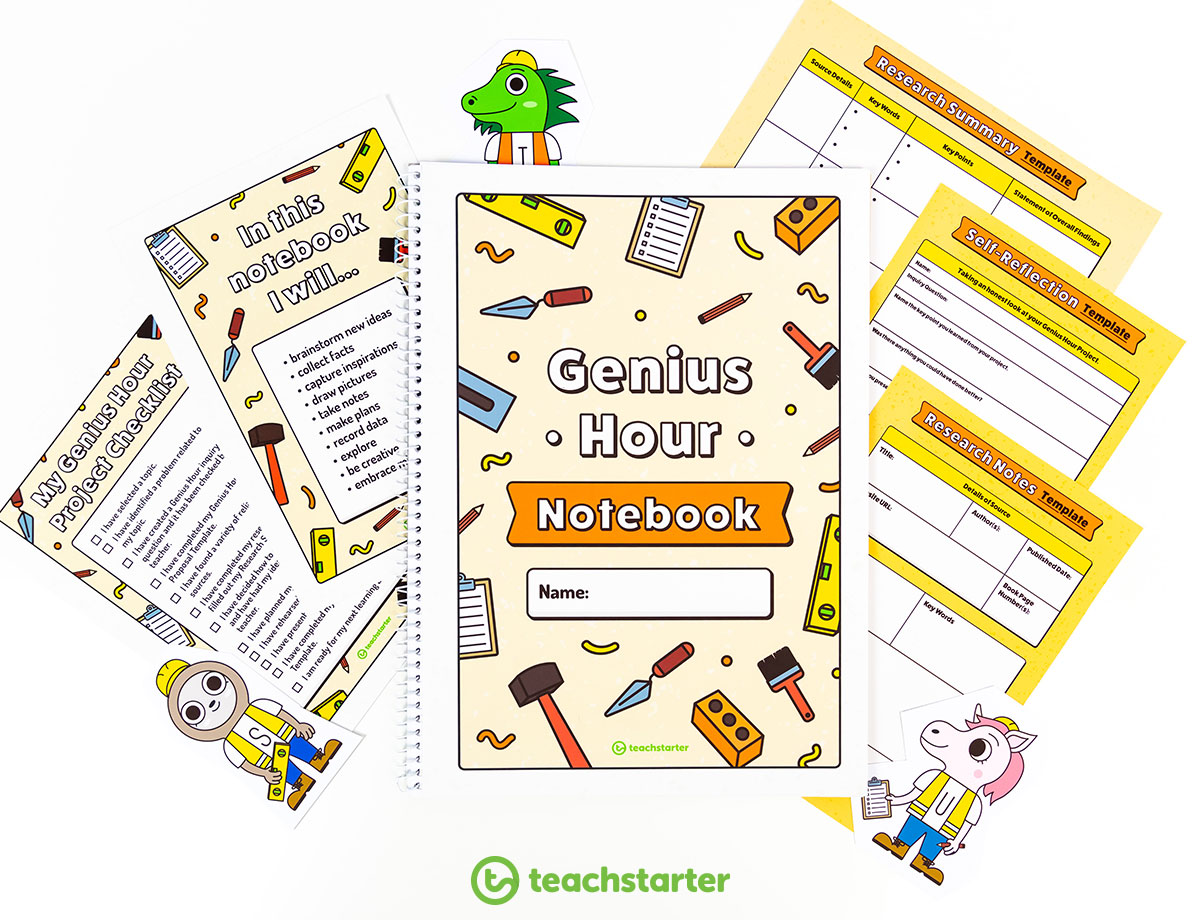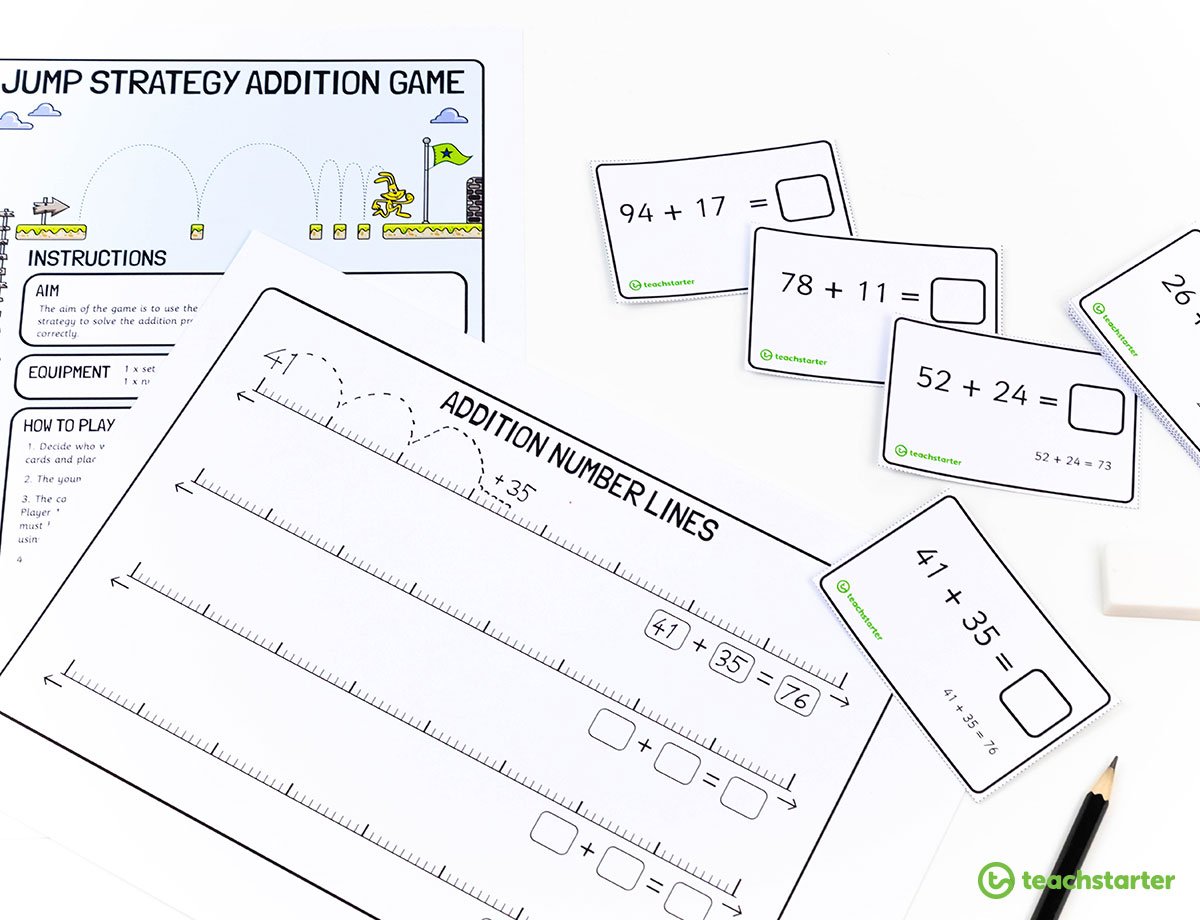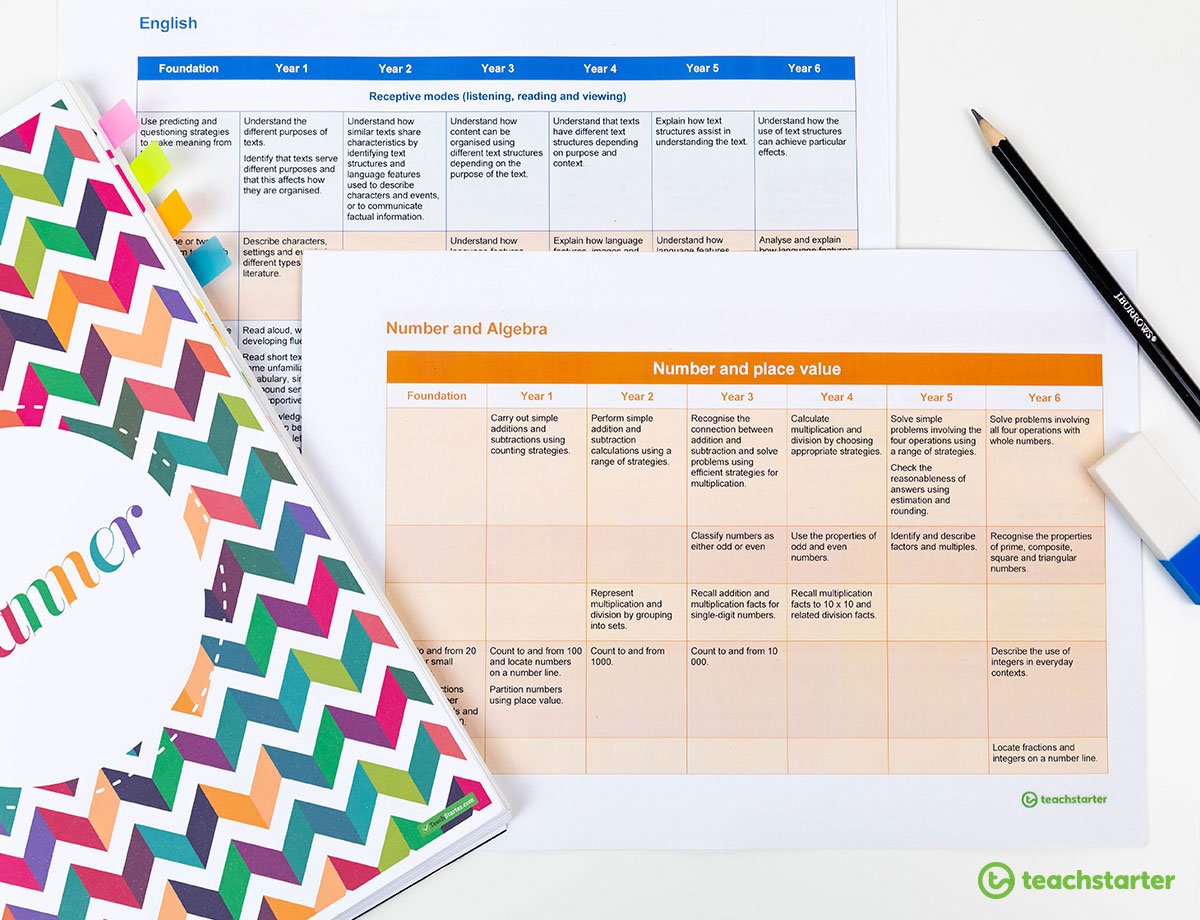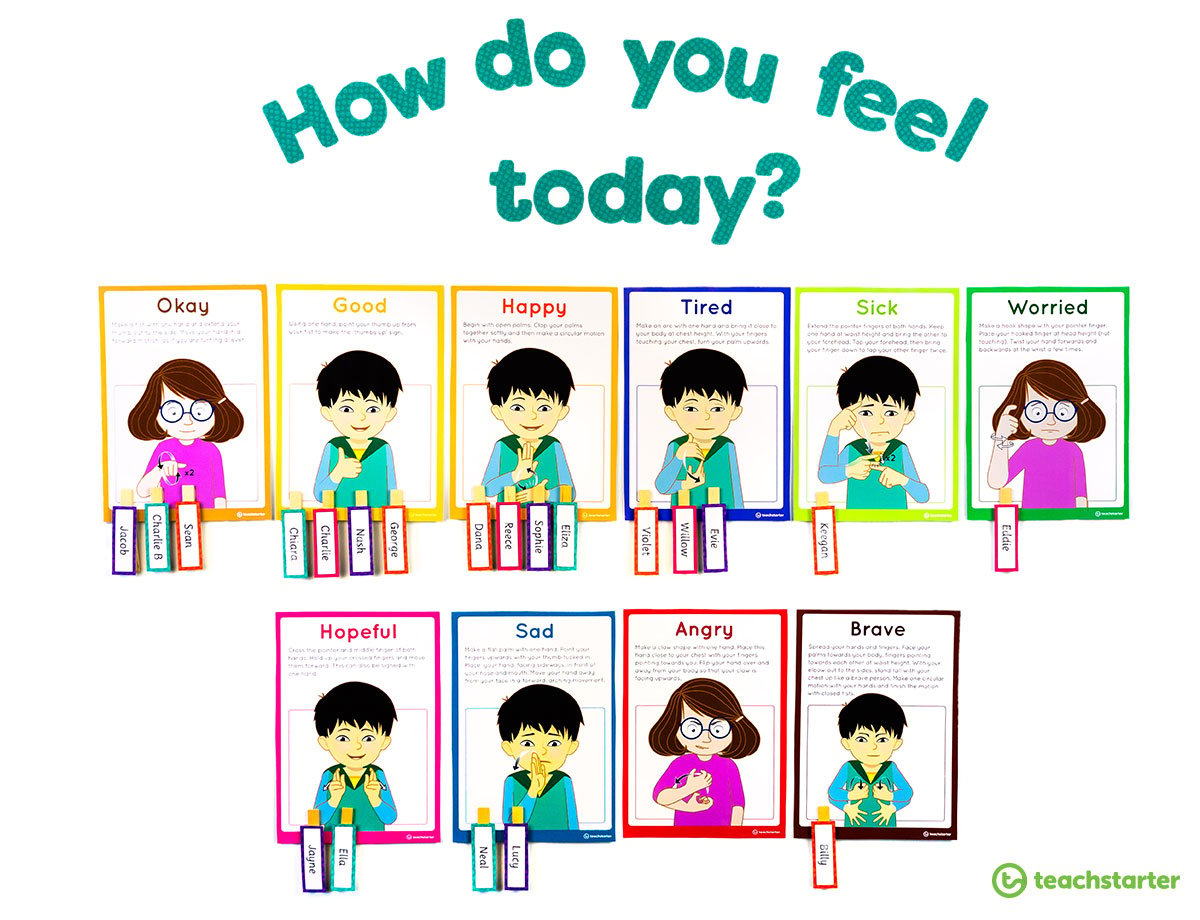Many years ago now, a fresh-faced graduate teacher was ready to go forth and change the world one class at a time. They received their first posting and when they met their principal, he casually announced, “Welcome! You’ll be teaching our Years 5/6/7 class.”
That teacher was me. At first, I thought I would be teaching Year 5 or 6 or 7, but once I realised the principal meant I would be teaching all of those grades in one class, I felt a little…. daunted!
The idea of teaching a composite class can strike fear into the heart of even the most experienced teachers, but one soon realises that composite classes are just like ordinary classes, only more so!
Hints and Tips for Teaching a Composite Class
Get Organised!
I would suggest that organisation is the essential requirement for making a composite class successful.
It begins by developing and implementing strong and predictable routines that your students can rely on. Multi-age classrooms have inherent interruptions and disruptions but if there is a routine that the students can fall back into, these will have little effect on learning.
Visible displays of the routines and timetables will help students internalise the procedures and be prepared to face the day ahead. Many variations of these displays can be found in Teach Starter’s numerous Classroom Theme Packs.
Planning and preparation is a must in any classroom but particularly in a multi-age setting. A normal classroom would have several levels of differentiation required but in a composite class, the number of levels can double or even triple depending on the grades incorporated.
It is also important to be particularly observant of the students and be aware of their ability levels. As such, frequent marking and assessments are necessary in order to remain up to date on the students’ needs and progress, which in turn informs how to plan and prepare lessons that are appropriate.
Teach Starter has several resources to help teacher organisation such as our Teacher Planner Resource Pack, Tips for Organising the Teacher’s Desk and even Assessment Trackers.
Get Creative with the Curriculum
When I was assigned my composite class, I wondered how I would teach three curricula in one classroom! Whilst that was essentially what was happening, there are some basic ‘hacks’ that can help you curate the curriculum to make sure that everything that needs to be taught, is taught.
The first step is to move away from seeing the children as being in year/age levels and classify them according to ability.
Most schools will organise a multi-age class to have students of similar abilities across the grade levels, meaning that these learning environments provide a great opportunity for supporting students in the upper grade/s and extending those in the lower year/s. Obviously, it is important to be up to date on the progress of students, which is another reason why regular marking and assessment is vital in this setting.
Once a teacher adopts an ability level approach, composite classrooms lend themselves to project work or inquiry based learning. Ideally, the class would work on one a project per term with the projects becoming part of a cycle. If the composite class comprises two year levels, then the cycle would take two years to complete, thus ensuring that the children don’t repeat a topic and that they will cover all of the required content. The teacher then simply differentiates the outcomes of the assessment tasks to reflect the required achievement standard for the students. Teach Starter has a range of project/inquiry based teaching resources that will help a teacher construct a programme of work. Don’t forget about our Genius Hour classroom resources and watch out for our exciting new Adventures that are coming soon!
However, sometimes, it’s not viable to employ project-based learning. Fortunately, the curriculum is designed to be progressive which allows teachers to structure lessons to utilise those progressions in the classroom.
For example, let’s say a teacher has a Year 1-2 class and wants to start introducing multiplication to their Year 2s. A maths lesson could begin with a tuning-in session that looks at addition using counting-on strategies. The Year 1s could work on an activity such as Jump Strategy Addition Game whilst the teacher takes the concept further with the Year 2s and demonstrates repeated addition. They could then do some activities based on the multiplication classroom posters whilst the teacher checks back in with the Year 1s. The lesson could conclude with a revision of the two addition strategies which also helps with supporting and extending students at different ability levels.
Teach Starter also has a new resource for Mathematics and English that breaks down the achievement standards to show their progressions through the year levels which can help with structuring lessons. Of course, there are also many classroom games, task cards and activities that groups of students can perform independently so that teachers can work with and/or instruct other groups simultaneously.
Communication is Critical
Communication is another trait of an effective teacher and once again, it is even more critical in a composite class.
If you find yourself with a composite class and are not sure where to start or what to do, ask someone!
It seems an obvious step but teachers sometimes feel they should know what to do straight away. Your principal would probably be your first port of call but, particularly when establishing a timetable and routines. Usually, other teachers are the richest source of information and advice. Even if your class is the only multi-age one in the school, it is highly likely that there have been others previously and even more likely that some of your teaching colleagues have taught those classes or others. The collective wisdom of the teaching staff is often the greatest resource a school has, but it is also one that is often overlooked.
Parents of students in composite classes often have some concerns, or expectations, regarding how their child is accessing the curriculum. I found that regular emails or blogs about what was happening in class, offering parents/carers times to chat and sending work samples home regularly helped in this regard. Again, these are just good teaching practices but they become even more effective in a multi-age environment. Take a look at Teach Starter’s posts about Benefits of Blogging blog post and How to Create an Effective Parent-Teacher Communication Strategy blog post for tips and ideas for communicating with parents.
The other people you should communicate with on a regular basis are the students! Checking in with your students regularly is a necessity in the composite classroom as it is often a new experience for them as well. Employing good and frequent pastoral care practices and providing regular feedback will help students adjust to their environment and help mitigate any anxieties or difficulties that could arise.
Setting up a simple ‘How do you feel today?’ display for the classroom is an easy way to check in daily with your students. For more information about teaching emotions to your students, check out our Teaching Emotions to Kids in the Classroom blog.
Final Words from Paul
If you do find yourself in charge of a multi-age class, being organised, curating the curriculum and communicating regularly will give you every chance of success. As you probably have already realised, the tips for teaching composite classes are just the traits of any good teacher. If you’re taking the time to read this blog, then you’re taking the time to consider and reflect upon pedagogical practices, which means you’re already a good teacher!
There has been much debate and research regarding the effectiveness, and even the relevance, of composite classes but ultimately, they remain a reality in schools to this day. There is no doubt that teaching a composite class is a challenge but it is also an opportunity and a strong motivator to hone your teaching practice and really develop your skills.
After all, teachers of composite classes are just like teachers of normal classes, only more so!













Comments